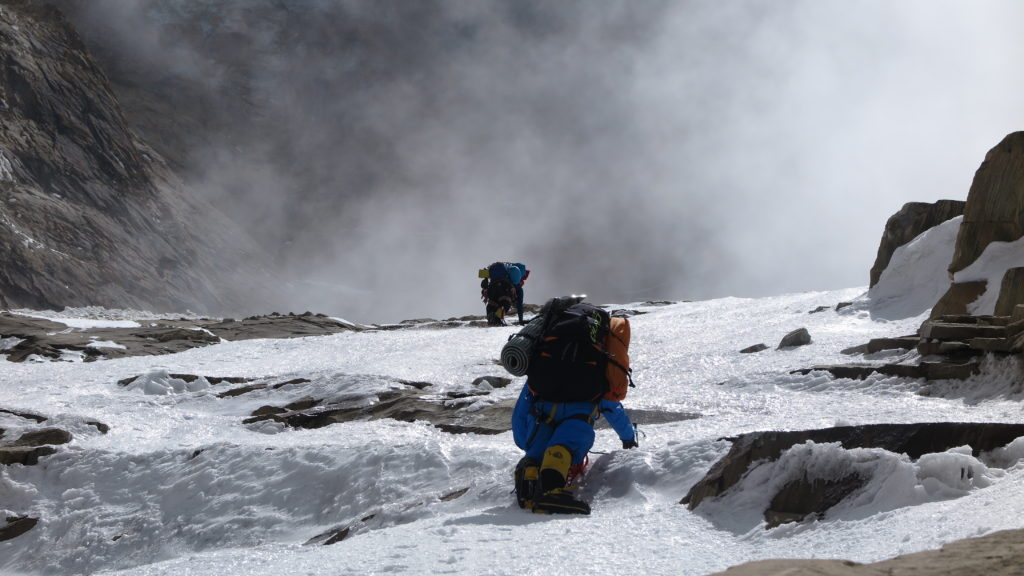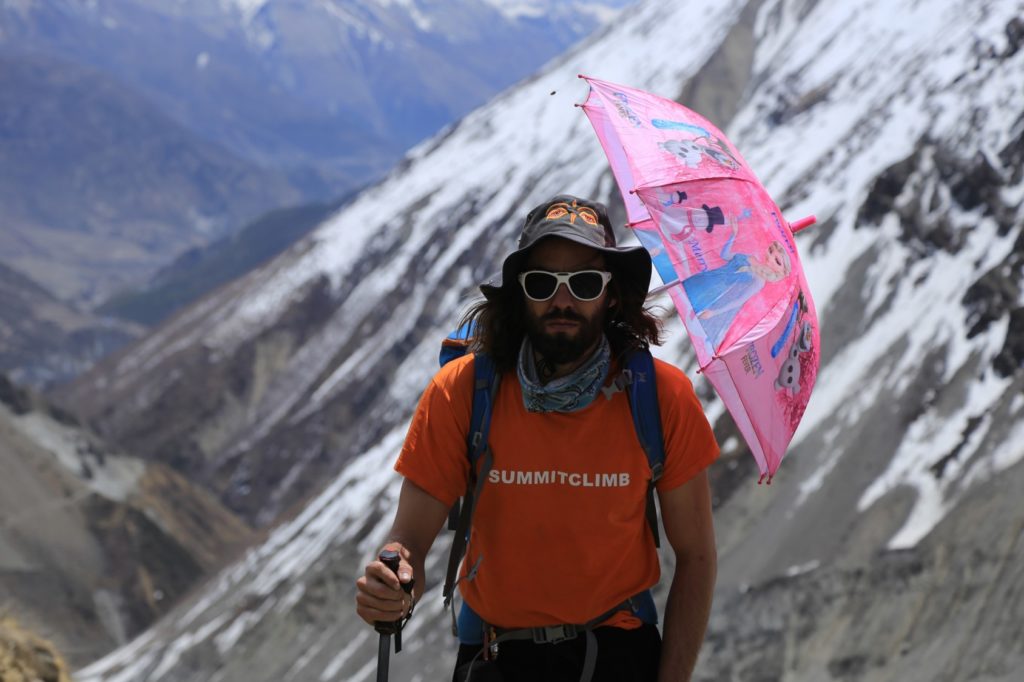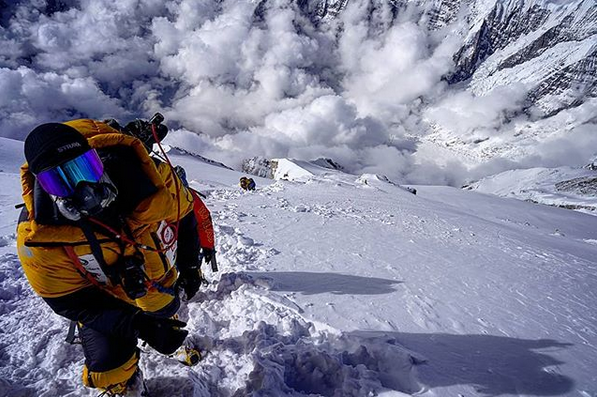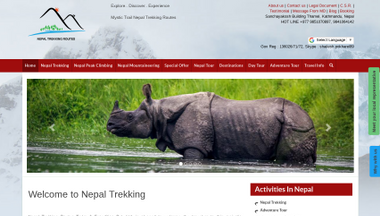Polish climbing ace Adam Bielecki is leaving this weekend for another crack at the daunting Northwest Face of Annapurna. He will follow the same route, in the same style and with the same climbing mate, Felix Berg. Although frazzled by juggling last-minute preparations with daily workouts, he found time to discuss his latest project with ExplorersWeb.

In the past months, Bielecki has renounced the winter Himalaya and focused totally on Annapurna. This is why he dropped his original plan to go to Patagonia during the southern summer. “Patagonia is spectacular, but you may spend three months there and only climb three days,” said Bielecki, about the place’s famously vicious weather.
Instead, he and his team looked for conditions roughly equivalent to those on 8,091m Annapurna. They chose to ice climb intensively around Kandersteg, Switzerland, then storm some classic Alpine lines, such as the 1,200m Colton-McIntyre route up the North Face of the Grandes Jorasses, which they climbed in a single push.

Now back home, he hits the gym five times a week, combining the climbing wall, stairs and treadmill with weightlifting and core work. “But if you ask me how I’ve prepared for Annapurna, I can honestly say that I have been training for the last 20 years of my life,” he says.
Oddly, the aesthetic line up Annapurna’s Northwest Face came up as a plan B when, back in 2017, the climbing team was refused a permit to attempt a new route on the North Face of Cho Oyu. Since then, though, Bielecki and Berg have dropped their previous goal and taken up what he describes as a rare privilege in the 21st century: an unclimbed line on a lonely, rarely attempted face. Reinhold Messner and Hans Kammerlander opened the only previous route on the face in 1985, but they eventually traversed to the NW ridge and avoided the summit triangle.
Bielecki and Berg considered adding a third member to the team — as they did in 2017, with Scotland’s Rick Allen — but not for long. “We needed someone we knew well and who was as strong as we are, but we found none,” Bielecki said.
He believes that they’ve learned their lesson from their previous failure. “I feel super- excited, happy to go,” he insisted. On their previous attempt, he explained, bad weather was the final blow that thwarted the expedition, but it was not the only one. “We climbed too heavily loaded, with 23kg backpacks. In the end, they slowed us down too much.”

This time, the two men are paring down their load ounce by ounce and believe that if the weather cooperates, or at least isn’t too perverse, they have an excellent chance of success.
Bielecki admits that their approach isn’t what he’d call pure alpine style. By his definition, that would require a totally on-sight attempt, and both of them know the route up to 6,500m, their highest point reached in 2017.

Continue reading →
Filed under: Adam Bielecki, Adventure Travel, Climbers, Expedition, explorersweb.com, Himalayas, Nepal | Tagged: Adam Bielecki, Annapurna, Climbers, Himalaya, mountaineering, Nepal | Leave a comment »






































